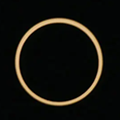
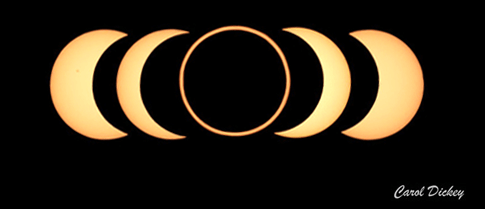
This annular eclipse was fantastic because the Sun and Moon created a "ring of fire in the sky". The disk of the Sun was obscured by 99% at maximum, so our eyes had to be protected in order to view the eclipse. We used protection and made a pinhole camera to protect our vision from the areas on the disk of the Sun that were not obscured. I call this eclipse the "The Great American Annular Eclipse" because it totally passed through North America, Central America and South America. The shadow entered on the shore of the United States in Oregon and departed near Corpus Christi, Texas. It plunged into the Gulf of Mexico and crossed over to the Yucatan Peninsula. It roughly followed the land track and made its way into northern South America. It traveled to the eastern edge of South America ending in the South Atlantic shortly thereafter.
Observations of the October 14, 2023 annular eclipse were made by Astra's Stargate. Click this link to see our Observations of the October 14, 2023 Eclipse from Corpus Christi, Texas. The eclipse montage used above was taken by Carol Dickey and used by permission. Please check this page for details of the montage image.
On this page: Astra Observes from Corpus Christi, TX > October 2023 Eclipse Resources > Observing from Moorpark, CA > Title Image Credit
The 2023 Annular Eclipse interactive Google map depicted below was created and is maintained by Xavier Jubier. Xavier has many eclipse pages out there, he provides free resources and does not include advertisers. If you like his work, consider giving him a donation. You will find more information on Mr. Jubier below.
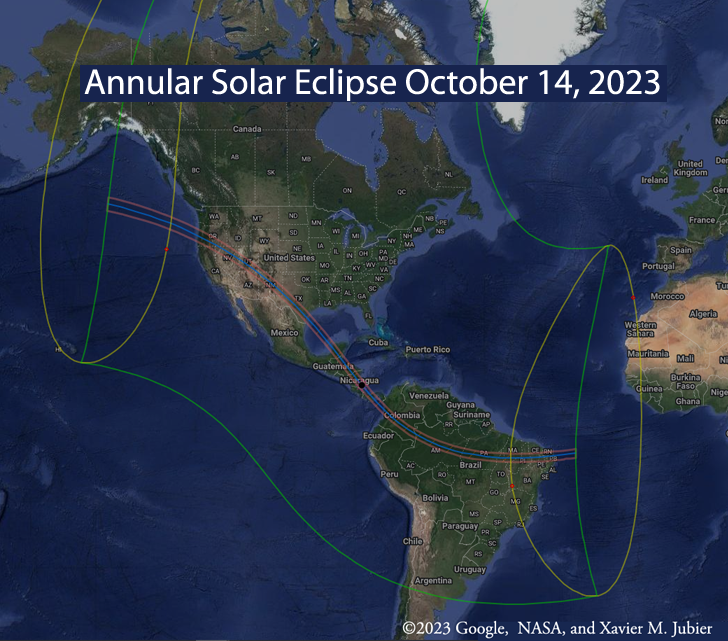
For many years, Fred Espenak supported the Goddard Space Flight Center on their eclipse site. Mr. Espenak retired and the Goddard site is no longer being maintained because NASA has a new eclipse site. Wikipedia's article on this eclipse contains the animated image below that shows how the 2023 annular eclipse will cross the Americas.
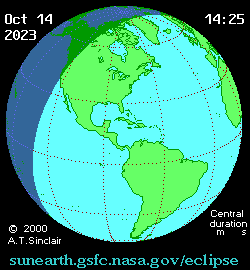
Annular Solar Eclipse of 2023 October 14 - NASA Goddard Eclipse Map
Annular Solar Eclipse of 2023 Oct 14 - EclipseWise by Fred Espenak
Solar Eclipse Circumstances Calculator - Annular Solar Eclipse of October 14, 2023
Use this page from Fred Espanek to find the local circumstances for your home town.
Annular Solar Eclipse - October 14, 2023 - Eclipsophile
Eclipsophile offers Climate and Weather for Celestial Events and can help eclipse chasers to decide where to go to view eclipses that are covered on the site.
2023 Annular Eclipse Cities - from the National Eclipse - page
October 14, 2023 - Great American Eclipse (Annular Solar Eclipse) - from timeanddate.com
October 14, 2023, Solar Eclipse - NASA Solar System Exploration
Annular solar eclipse of October 14, 2023 - Great American Eclipse
Eclipse America 2023 - American Astronomical Society
Professional Astronomers
Annular eclipse on Saturday, October 14, 2023 in the United States of America, Mexico or Brazil - by Xavier Jubier
Input your city into the search box to get the local circumstance for this and other eclipses. Xavier Jubier created and maintains the Google interactive maps of Solar Eclipses and Total Lunar Eclipses. He distributes free software and doesn't use advertisers. Because of Mr. Jubier's generosity, we were able to use the still shot from the interactive Google Map. If you like his work, why not consider giving him a donation?
| Event (ΔT=69.1s) | Time (UT) | Altitude | Azimuth | P | V | LC |
|---|---|---|---|---|---|---|
| Start of partial eclipse (C1) | 15:26:29.6 | +35.5° | 125.1° | 315° | 11.9 | |
| Start of annular eclipse (C2) | 16:55:48.2 | +49.1° | 149.8° | 316° | 11.9 | +1.9s |
| Maximum eclipse (MAX) | 16:58:19.3 | +49.4° | 149.8° | 226° | 03.6 | |
| End of annular eclipse (C3) | 19:17:10.4 | +48.6° | 222.6° | 232° | 05.3 | +0.0s |
| End of partial eclipse (C4) | 17:00:50.3 | +53.5° | 189.5° | 137° | 07.7 |
The information given above for Corpus Christi, TX was created using date provided by the Google interactive map. This city was used because it is on the center line of the annular eclipse and folks observing from that location will be able to see the ring of fire produced during the October 14, 2023 annular eclipse.
Thanks to Xavier M. Jubier and Google we have this fine service.
It's often very difficult to figure out where to go to view a solar eclipse. There are many places to set up for viewing, and this was definitely the case for an eclipse that moved across the United States. Studying the path and checking the normal local weather for the time of an eclipse is a must. After much deliberation, my husband, Al, and I decided to travel to Corpus Christi, Texas.
This was our second annular eclipse that we planned and traveled to see. For this eclipse, greatest eclipse occurred in the Atlantic Ocean off the coast of the Yucatan peninsula. At this location the eclipse lasted 5 minutes and 7 seconds with the Sun being 95% covered. Our observing location in Corpus Christi was close to the centerline with 90% of the Sun's disk covered and a duration of 4 minutes and 52 seconds.
We arrived in Corpus Christi on October 12, giving us time to scout out the surroundings for the actual observation. We had a 3-inch refractor and a sun-shield and the Celestron solar binoculars (10x42 mm) that we purchased for looking at sunspots during the Sun's current solar maximum. We also had some welder's glass to protect our eyes and made a simple pinhole camera. Because it was predicted that winds would be in excess of 20 miles per hours we knew we wouldn't be using the small refractor and would have to rely on our binoculars. Fortunately we have a sturdy tripod that works well with the binoculars. We had planned to observe from Mustang Island State Park and even purchased tickets before we left home. Our visit to the beach the day before the eclipse made us decide to attempt our observations from our hotel in the city.
What a disappointment it was when we looked out the window and saw a sky covered with clouds on the morning of the eclipse. The Ring of Fire was to be overhead for us at 11:58am CST. A bit devastated, we ate our breakfast in silence, until there was a break in the clouds. Suddenly, we were bathed in sunlight when the Sun burst through those clouds and streamed into the window in the dining room. That didn't last but when you want to see an eclipse, you have to be patient and stay at the ready during the whole eclipse.
Our eclipse started at 10:16 local time, but at our location the clouds still covered the Sun. Using the welder's glass at 10:36, I was able to see a "first bite", that is edge of the Moon entering the Sun's disk. Still the clouds worried us, but at 10:42 we caught a break and were able to see the Moon covering the Sun in the binoculars. At that time, 2 sets of sunspots were visible. The sky was clear, but at 11:01 clouds began to threaten us again. By quarter after, the Sun and the Moon vanished.
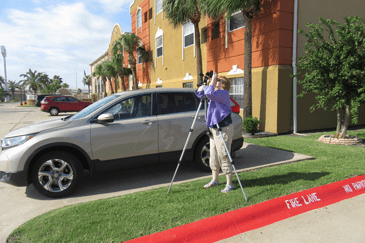
The spot we decided to observe from was in the back of our hotel building. There was a narrow "peninsula" of grass that was just big enough for our binocular tripod. We were observing with 3 ladies who worked at the hotel, Ashley and Teju as well as a lady from housekeeping. I called them out before the clouds came in because I was not sure it would last. Ashley and Teju were from India and told us they were not allowed to go outside during an eclipse because it was bad luck. They were so happy and said they would return before noon. We were totally disappointed because now the sky was completely covered.
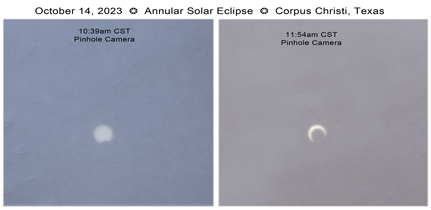
At 11:46, the clouds went away and the sky cleared! It was only 12 minutes before the Ring of Fire was to begin. I was watching through the binoculars and saw the Moon as it stepped totally in front of the Sun. I could see the ragged edge of the lunar disk, caused by the light that passed through the lunar highlands. The Ring of Fire was above us! We all switched around looking through the binoculars and the welder's glass during annularity. We got more time during annularity than most observers on U.S. soil because of our location.
I was fortunate that Teju was able to get decent pictures using my phone on the Sun and the Moon and the Ring of Fire. We've posted them here. You will notice that the Ring of Fire is surrounded by circles of different colors. This is caused by the binoculars' optical system and the use of the cell phone camera. I really like it just the way it is but I will have cleaned it up as well.
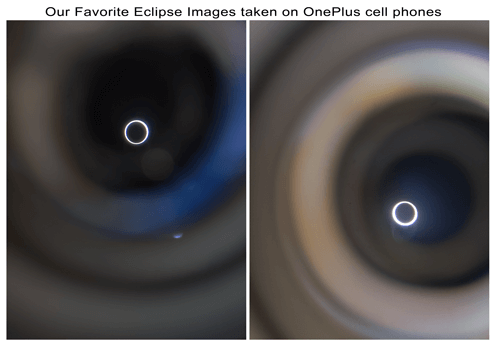
I was watching with the welder's glass at noon when the annularity ended. At 12:16, I saw the third sunspot group that was out on the Sun that day. It was already behind the Moon by the time we could see the eclipse. When the Moon was about half-way out of the Sun's disk those nasty clouds covered up the view again. It did not matter to us anymore, the October 14, 2023 annular eclipse was over.
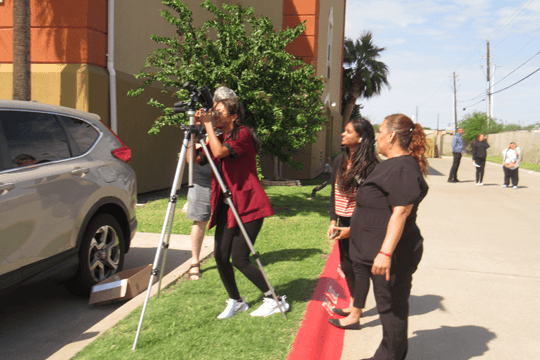
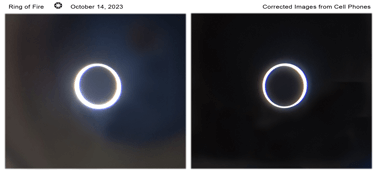
Note that the cell phone pictures were not color corrected. They have been cropped and a bit of the light scattering around the eclipse that is from the binoculars has been recolored. There is a big difference between the images. The first image has more light scattering and the second was easier to manipulate. There is obvious color aberration in the system, but it doesn't spoil the view. Much better images have been taken of this eclipse, so go out to the internet and have a look at some. We have provided some links below.
The image of the eclipse observers actually shows the crude cardboard box we used to make the pinhole camera. You don't need a lot of equipment to observe the Sun. Just make sure you are always using protection like our specially made Celestron™ Solar binoculars. It was difficult to decide that we wanted to purchase a pair of binoculars that is only capable of spotting the Sun. Ours paid for itself when we were unable to set up the small refractor because of the wind.
The images in the photo montage used on this page was taken by Carol Dickey using a Nikon D750 using a 500.0 mm f/5.6 from New Mexico. Carol created the montage by selecting the appropriate images. Astra's Stargate is very thankful that Carol allowed us to feature her image. Click this Link to the Flickr web page where this image is posted on the web. Check out Carol's photostream for more fantastic images.
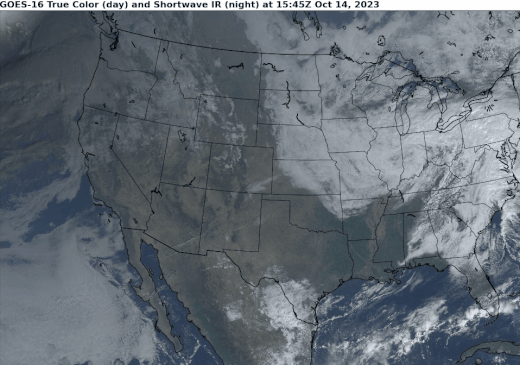
The above image shows just what we were up against in Corpus Christi on the day of the eclipse. It is nothing short of a miracle that we saw anything at all. The wind was blowing up a storm, but I never noticed the clouds moving very much. Watching the video closely, it can be seen that the clouds open up over Corpus Christi right when the dark Moon's path crosses over. Corpus Christi is on the eastern edge of Texas, about a thumb's breadth above the Mexico border.
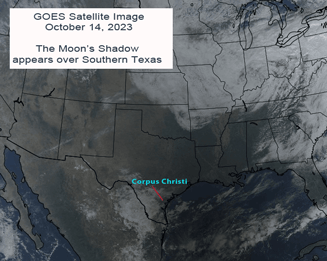
If you don't know where to look for Corpus Christi, Texas, the image below shows the frame when the dark shadow sweeps by in the animated gif above. Looking at the sequence, it seems we were lucky to see anything but clouds. Always try to find the best spot in an area you can reach, and don't give up on the sky. Even a quick peak is better than none.
Everyday Spacer, Pam Hoffman has done many astronomy programs for public outreach from her home near Los Angeles, CA. The October 14, 2023 annular eclipse was no exception. Even though it's wonderful if you can be on the centerline of a solar eclipse with a long centerline over land, a partial eclipse can be seen over a broad area. For this eclipse, Everyday Spacer teamed up with the Moorpark City Library.

Clear, blue skies over Moorpark, California allowed Pam to share with 100 participants who came to view the Sun and the Moon as they presented a 70-percent partial eclipse beginning around 8:08 am and ending 10:50 a.m. local time. This event was sponsored by the Moorpark City Library and StarNet's Solar Eclipse Activities for Libraries (SEAL). Pam brought observing equipment, including an Orion 10" F/4.7 Dobsonian Telescope and a 40mm Plossl eyepiece that she had borrowed from her local astronomy group, the Ventura County Astronomical Society (VCAS) and her own Celestron 50mm zoom spotting scope. These instruments were used with the appropriate solar filters. Pam also brought two pairs of Plastic Eclipser® HD Glasses solar observing glasses to share.
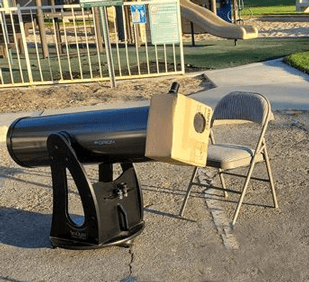
The Moorpark City library was able to provide more solar observing through StarNet's NASA @ MyLibrary program that provided a Sunspotter projection telescope and Meade Coronado personal solar telescope. The Sunspotter is a great instrument for young children using projection to safely image the Sun. The Meade Coronado is a 40mm f/10 refractor that uses an H-alpha filter that transmits only the primary wavelength of light emitted by hydrogen at 6562.8 Angstrom. In addition, these programs enabled the Library to supply two pairs of 6 x 30 mini-SunOculars and two pairs of 8 x 32 SUNoculars. These are solar binoculars that are similar to the Celestron binoculars we used in Corpus Christi.
With the support of NASA, the Moorpark City library was able to give away 500 pairs of solar eclipse observing glasses. The Library also held a week long series of solar-themed activities, peaking the interest of residents before the event. The Simi Valley Acorn magazine wrote up the event in their October 10, 2023 (page 14) issue.
For libraries wishing to provide this kind of experience for a group during a solar or lunar eclipse, there are materials available through NASA and StarNet that can assist the effort.
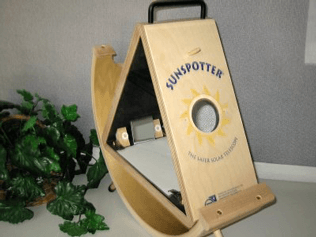


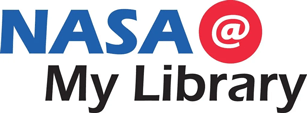
For maximum eclipse in the city of Moorpark, the diagram below shows roughly how the eclipse would look when the greatest extent of the Moon blocked out the Sun. This graphic was developed using Xavier Jubier's Google Eclipse page listed above. The annular eclipse gave some organizations a chance to see what they will be experiencing during next year's total solar eclipse on April 8, 2024. Even if you are not actually located on the centerline of an eclipse, there is plenty to see for those who can't chase around the globe to experience a Ring of Fire or the stunning experience of the Sun's disappearance in the middle of the day and the darkness of totality.
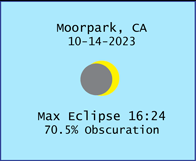
Please feel free to point others to this URL. Images on this page are NOT in the public domain in the U.S.A. The text on this page is copyrighted, ©2023, by the author, Dawn Jenkins, and is NOT released into the public domain. It should not be copied to another site without permission or otherwise published without contacting and crediting the author. Seriously, just ask!
Please read the copyright statement linked below. For more information and other permissions use Astra's Contact Page